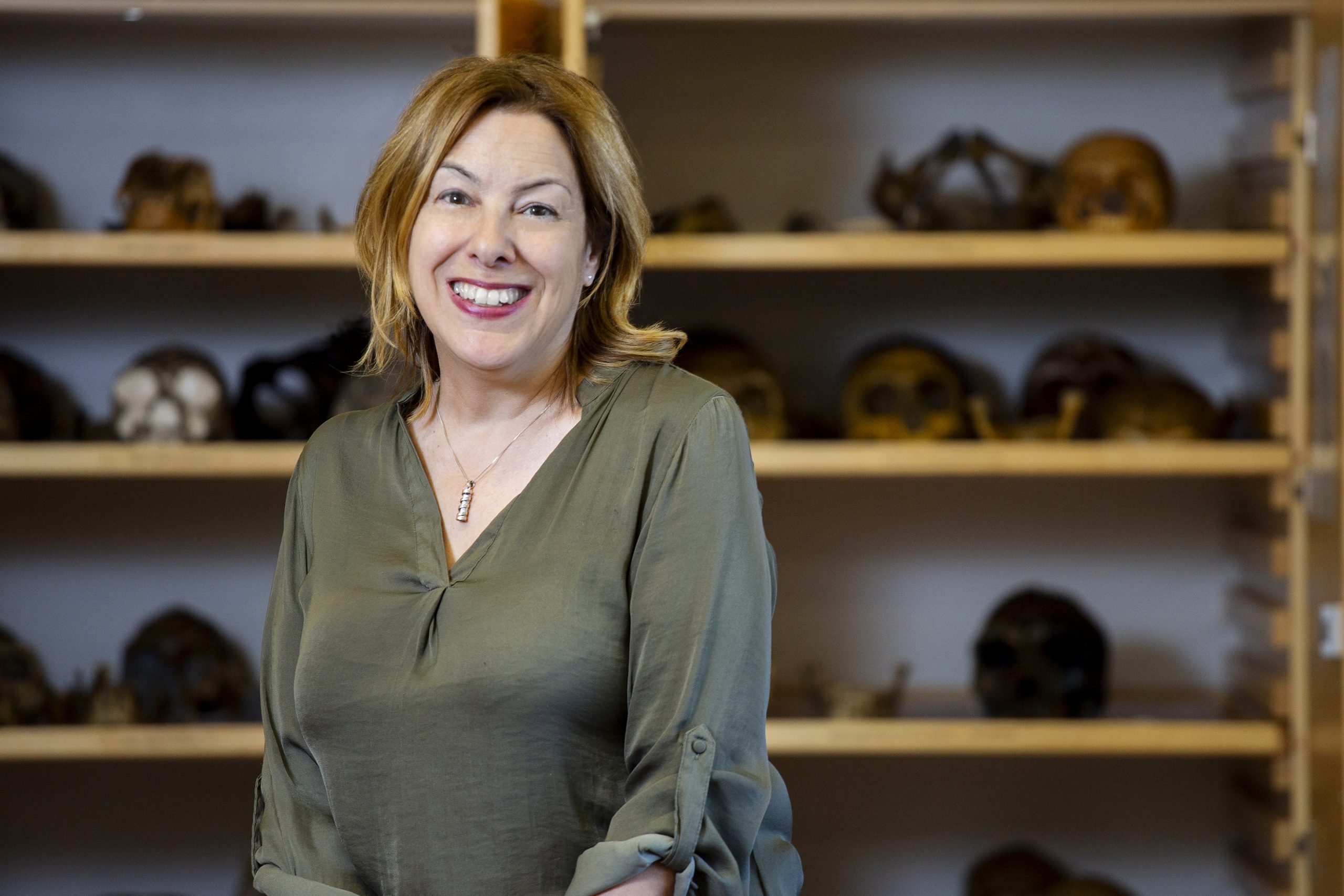Meet the professor behind groundbreaking Ice Age discovery

Photo courtesy of UVic photo services.
Dr. April Nowell is the UVic professor behind new research that examines what puberty looked like for Upper Paleolithic — or Ice Age — teenagers.
Together with researchers from the UK, Italy, and Monaco, Nowell examined the bones of adolescents between the ages of 10 and 24 who lived 12 000 to 40 000 years ago.
They used a method developed by Dr. Mary Lewis, a member of the research team from the University of Reading, who took modern medical data identifying stages of puberty on bones, and applied it to skeletons from the past.
This method had been applied in Lewis’ own research of medieval teenagers and in other archeological research, but never before on bones this old.
Nowell explained that the team looked for identifying markers, including those found in the hand, wrist, elbow, and pelvis, to determine which of the six stages of puberty each skeleton was in.
One key discovery from this research is that teens entered puberty at the same time as they do today. Nowell noted the popular belief that children begin to mature younger today than ever before, but explained that her work proves the opposite.
“They’re just following this blueprint that’s been set thousands of years ago,” she said.
The group was surprised to see that the muscle development of these skeletons indicated involvement in activities like hunting and fishing. This showed Nowell that Ice Age teens were active and involved members in their communities.
Her research has shown that, in the past, there was more to adolescence than the bad connotations we associate with teen years today.
For example, Nowell explained that there’s a reason that teens love staying up late and sleeping through the morning.
She says that small group societies benefited from having one person awake, to be vigilant and protect against dangers like animals or other groups of people.
“It looks like, evolutionarily, teenagers just took the night shift,” she said. “I love this idea that our work has really shown that there are other ways of experiencing adolescence, and that there’s a lot of positives that this demographic brings.”
Nowell’s inspiration for studying young people during the Ice Age came from watching her own children grow up.
This research is just one of many projects that Nowell has embarked on in her career as a Paleolithic archeologist.
She was drawn to the idea of archaeology in childhood because she liked history, but had the impression that it wouldn’t be as interactive as she would like it to be.
“I really wanted to be much more hands-on in discovering the past,” she said, acknowledging that her ideas about the field of history weren’t that accurate in the end.
Nowell grew up in Montreal, and when she was 16, her mother found an ad in the newspaper looking for volunteers to help out on an archeological dig.
“I was hooked. From the first day, I loved it,” she said. Nowell participated in this dig for three summers, until she was 18. She then went to McGill to pursue an undergraduate degree in archeology.
At McGill, Nowell changed her areas of specialization within archeology until she took a course in human evolution and fell in love with the discipline.
She says that what drew her to this field was the fact that it incorporated hard sciences with cultural anthropology. Nowell attended the University of Pennsylvania for graduate school, where she earned her MA and PhD.
Nowell has been teaching at UVic since 1999, and her notable classes include Paleolithic Art and the Archeology of Children. She published a book in 2021 titled Growing Up In the Ice Age, which delves deeper into the experiences of children during that time.








